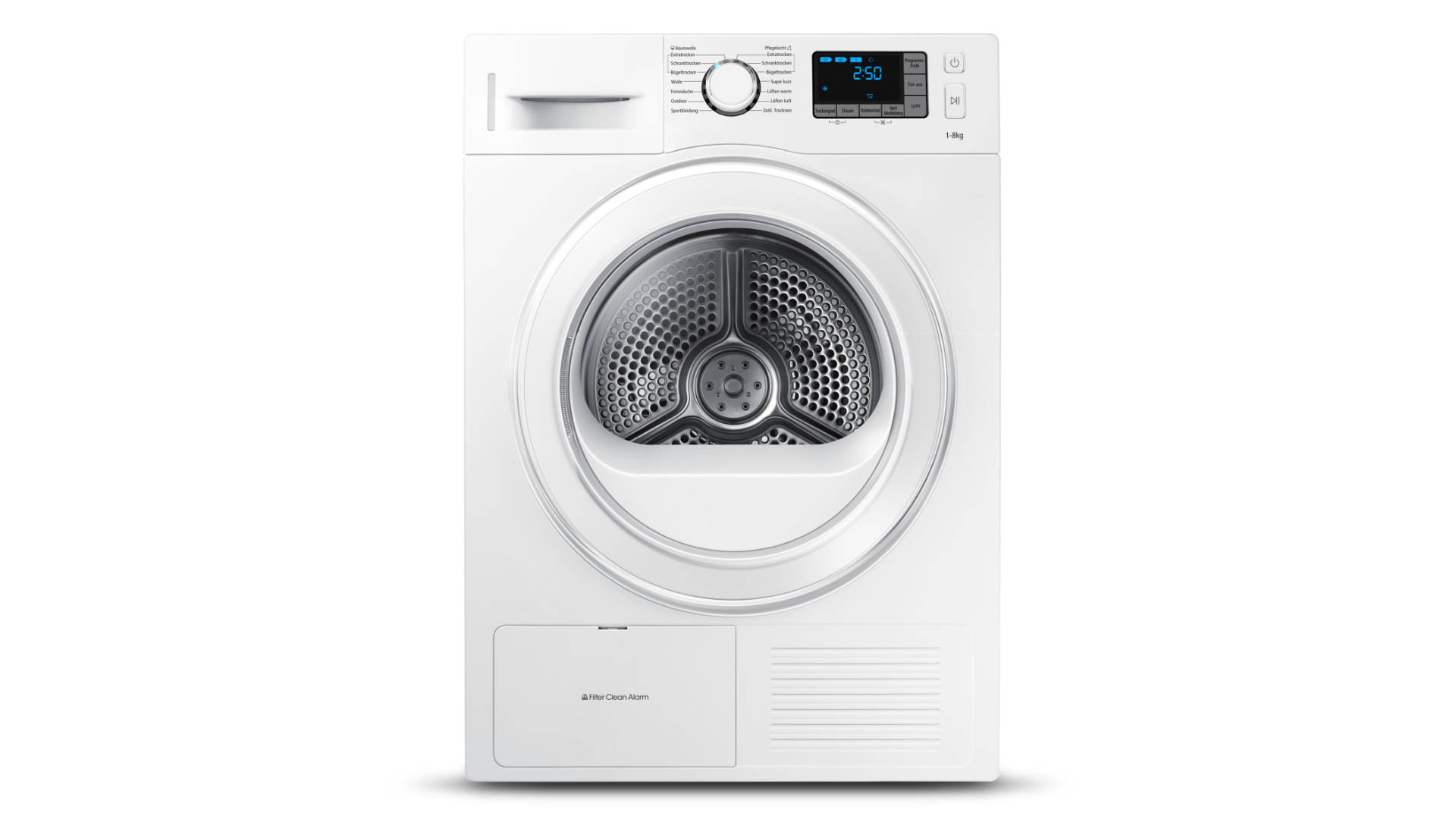
When your Samsung washing machine is showing the 4C error code, it means that there is something wrong with the water supply to your washing machine.
The most common reasons this occurs are the water taps aren’t correctly turned on, the water hoses are faulty, the mesh filters are blocked, the detergent tray is dirty, or the water pressure isn’t high enough.
To find the cause of the problem and fix it, simply follow our step-by-step instructions in this guide, and your washing machine should be working again quickly.
This guide covers all major Samsung washer models, including:
592-49045
592-49075
592-49082
592-49087
WF203ANSXAX
WF206ANSXAA
WF206ANSXAC
WF206BNWXAC
WF210ANWXAA
WF218ANBXAA
WF218ANWXAA
WF219ANBXAA
WF219ANWXAA
WF220ANWXAA
WF328AAGXAA
WF328AARXAA
WF328AAWXAA
WF330ANWXAA
WF340ANGXAC
WF340ANRXAC
WF350ANWXAA
Step One – Check the Water Taps
The first step is to check if both the hot- and cold-water taps are turned on correctly. When one or both of the taps aren’t correctly turned on, the water supply to your washing machine might be adversely affected, and this can cause the 4C error code to appear.
To make sure the water taps aren’t the cause of the problem, simply check that they are fully open, and if not, open them. If you only want to use cold water for your washing machine, you need to install a “Y-connector,” which will provide water to both the hot and cold hoses.
If the water taps / faucets are turned on correctly, move on to checking the water hoses.
Step Two – Check the Water Hoses
The next step is to check the water hoses to make sure they are not defective. Faulty water hoses are the main cause of the 4C error code appearing. Sometimes they can get kinked, bent out of shape, or blocked up, which causes the water to not be able to get into the washing machine correctly.
Here’s how to check the water hoses:
- Turn the power off to your washing machine.
- Gently pull your washer out from the wall so you can access the back of it.
- Check if the hoses are kinked or bent out of shape, which will stop water from being able to properly flow through them.
- Check that the hoses are connected tightly. When they are not connected properly, this can adversely affect the function of the water valves that might be inside the hoses.
- The next step is to clean the hoses out, which you can do by first turning the water supply off and then disconnecting the hoses from both ends.
- Run water through the hose, and see if there are any blockages. If so, clean the hose out with a piece of wire until you unblock it. Also, check that there are no leaks in the hose. Once cleaned move on to step three (but don’t reattach them yet).
Step Three – Check the Mesh Filters
The next step is to check the mesh filters. The mesh filters are situated where the water hose connects to the washing machine.
To check the mesh filters, you need to:
- Unscrew the mesh filters and check to see if they are full of gunk or other debris.
- Give them a good clean and then put them back into their correct position.
- Reattach the water hoses tightly and make sure they are in the correct position so water can flow through them.
Step Four – Clean the Detergent Tray
The next step is to clean out the detergent tray. Sometimes the detergent tray can get clogged, which stops water from being able to fill into the washer.
As a general rule, always make sure that you are using high-efficiency detergent in your washing machine; when you use non-high-efficiency detergent, it might produce excessive suds. When this happens, your washing machine might not be able to detect water flow into your washing machine correctly, and the washer will stop working.
Once you’ve cleaned out the detergent tray, you can move on to the next step.
Step Five – Check the Water Pressure
The next step is to check the water pressure. For your washing machine to work, the water pressure needs to be at least 10 pounds per square inch (psi). When the water pressure is less than that, your washing machine might not be able to fill up with water, and the 4C error code will appear.
You can check the water pressure yourself if you have a water pressure gauge by attaching the gauge to the faucets and checking the reading. Alternatively, you can call your water utility company and ask them for your psi level.
Step Six – Reset Your Washer
The final step after you have done all of the above is to reset your washing machine and then check if the error code is not displaying anymore.
To reset your washing machine, you simply need to:
- Unplug the washer from the power for a couple of minutes and then plug it back in.
- Turn the washing machine on and then check if the 4C error code is gone. If your washer is still displaying the error code, you will need to call a qualified technician to come and inspect your washing machine.

Your Guide to Whirlpool Microwave Replacement Parts

What to Do When Your Kenmore Dryer Won’t Start

How to Resolve the LG Washer LE Error Code

Why Does My Oven Smell Like Gas? Causes and What to Do

Maytag Dryer Not Heating? Here’s How to Fix It

6 Common Reasons Your Speed Queen Dryer Isn’t Heating

8 Reasons Your Samsung Refrigerator Is Not Cooling

9 Most Reliable Washer and Dryer Brands

How to Get Ink out of Your Dryer the Easy Way

Why Is My Fridge Making Noise That Stops When the Door Is Open?

Frigidaire Refrigerator Error Code H1: Causes & Solutions

How to Clean a Dryer Vent Without Moving the Dryer

9 Reasons Your LG Refrigerator Isn’t Cooling

LG Refrigerator Not Making Ice? Here’s What To Do!


